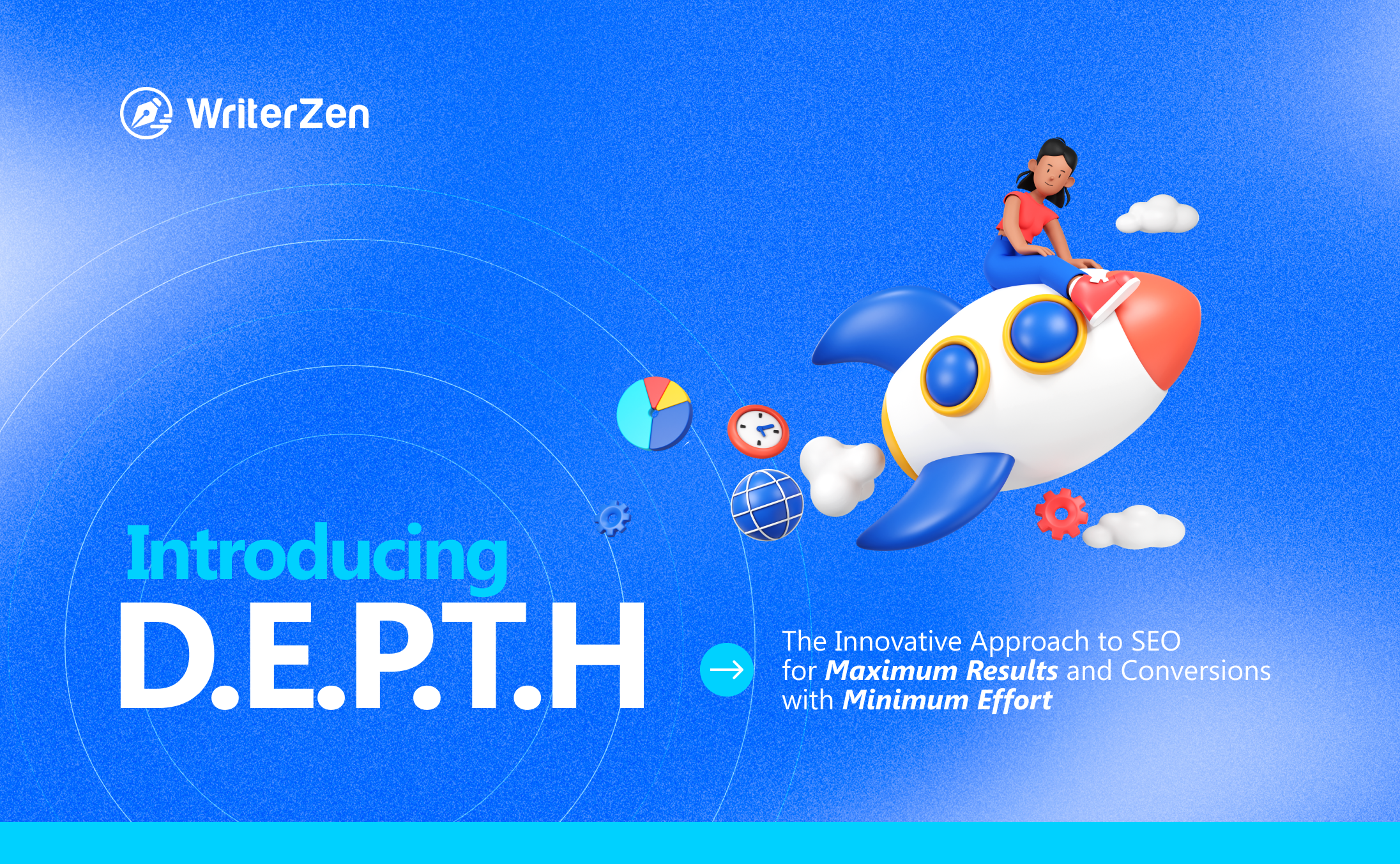What Is Site Structure?
Site structure is the way a website is organized and structured. It is an important factor in creating a good user experience, as it helps visitors to find the information they are looking for quickly and easily.
It is also important for SEO, as it helps search engines understand the content of the website and index it properly. A well-structured website can help to improve the visibility of the website and its ranking in search engine results.
How Site Structure Affects SEO
Next, we will explore how website structure affects SEO and how you can use it to your advantage.
Navigation and Crawlability
Navigation and crawlability are essential components of any website. Clear navigation is important for search engines as it helps them understand the structure of the website and how the content is organized.
This, in turn, affects the crawlability and indexing of the website.
A well-structured website with clear navigation will make it easier for search engines to crawl and index, resulting in improved visibility and rankings.
URL Structure
URL structure is another important factor in SEO, as it helps to make URLs clean and concise. This can be done well by making sure URLs are easy to read and understand, as well as being short and to the point.
Additionally, it is important to include keywords in the URLs to help search engines better understand the content of the page. By optimizing the URL structure, it can help to improve the visibility and trustworthiness of a website in search engine results.
Internal Linking
Internal linking can be used to improve the structure of a website and its search engine rankings. When done correctly, internal linking can help search engine crawlers to better understand the structure of a website and index its content more effectively.
Internal links also help to keep visitors on the website by providing them with more relevant content and allowing them to navigate the website more easily. Additionally, it can help to spread link equity throughout a website, which can help to improve the overall ranking of the website.
By using internal linking strategically, website owners can ensure a good site structure and that their website is properly indexed and ranked by search engines, which brings us back to the first point.
How to Optimize Site Structure for SEO

Conduct a Site Audit
A site audit is an important process for identifying any issues with the structure of a website.
Conducting a site audit can help improve website structure by providing an in-depth analysis of the existing structure. This analysis can identify any areas that may need to be improved, such as broken links, duplicate content, or slow loading times.
Site audits can also help identify any opportunities to optimize the structure, such as adding new content, reorganizing existing content, or creating a better navigation system. By taking the time to perform a thorough site audit, businesses can ensure that their website is optimized for the best possible user experience.
To conduct a site audit, you can use a variety of tools, such as Screaming Frog or Google Search Console.
Create a Clear Navigation Structure
There are several tips and best practices to keep in mind when organizing content.
Firstly, it is important to ensure that the navigation menu is intuitive and easy to use. This means that users should be able to find the information they need quickly and effortlessly.
Secondly, it is important to keep the navigation structure consistent throughout the website. This will help users learn the site structure more easily and find what they are looking for without getting confused or frustrated.
Finally, it is important to keep the navigation structure up to date. Users will be able to access the most relevant and up-to-date information thanks to it, and this should boost your site authority.
Optimize URL Structure
Creating SEO-friendly URLs is an important part of optimizing your website structure. By having a concise and logical URL structure, search engine bots can easily find and understand the content on a website.
Here's how you do it.
Firstly, keep URLs short and concise. Avoid using too many words or characters, as this can make them difficult to read.
Secondly, use hyphens to separate words in the URL. This will make it easier for search engines to crawl and index the page.
Finally, make sure to include relevant keywords in the URL, as this can help with search engine rankings. Following these tips and best practices will help you create SEO-friendly URLs that are optimized for search engine visibility.
Utilize Internal Linking
Using internal links is an essential part of good website structure and SEO.
Making sure to link to relevant pages within your website is the first tip. This will help to improve the user experience and make it easier for search engine crawlers to find and index your content.
Next, use descriptive anchor text when linking to other pages. This will help search engines understand the context of the link and provide more information to the user.
Last but not least, be mindful of the number of links you use on each page, as too many can be overwhelming and lead to a bad user experience.
Final Thoughts
In conclusion, it is clear that site structure plays an important role in optimizing a website for SEO.
A well-structured website helps search engine crawlers easily navigate and index the website, which in turn helps to improve the website's ranking in search engine results. It also helps visitors quickly and easily find the information they are looking for, which can lead to increased website traffic and conversions.
Therefore, it is important to ensure that your website has a logical and organized structure that is easy for both search engine crawlers and visitors to understand.















